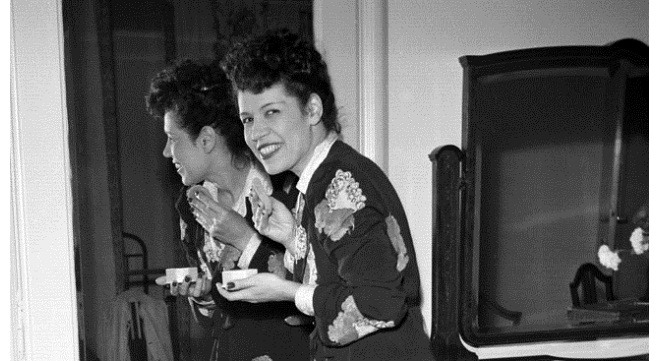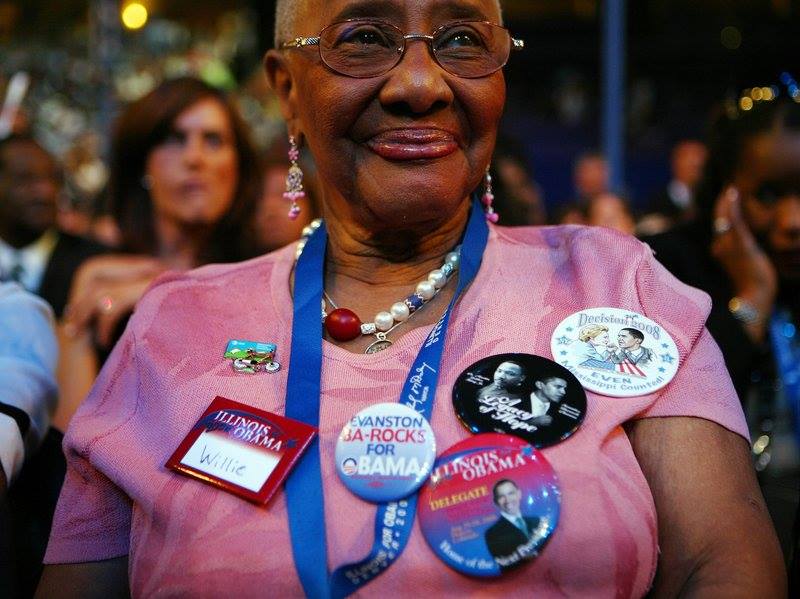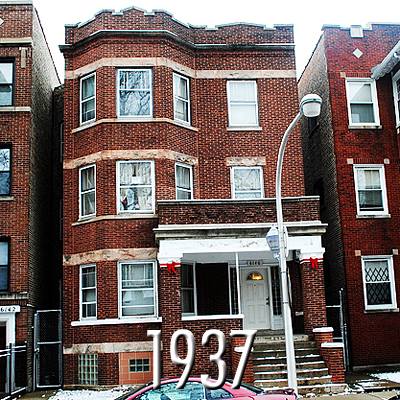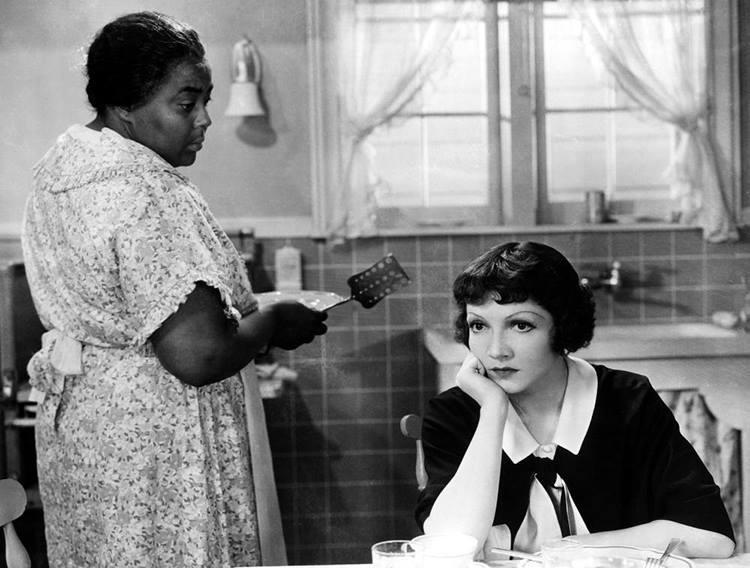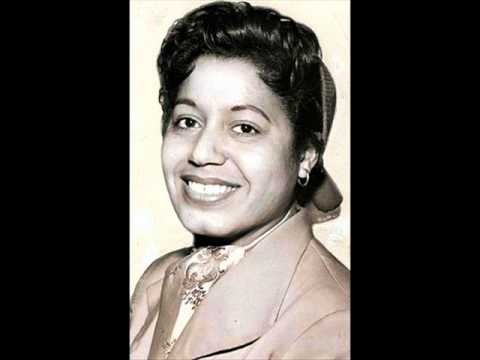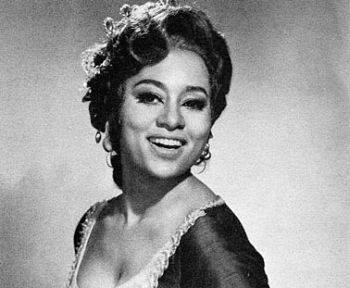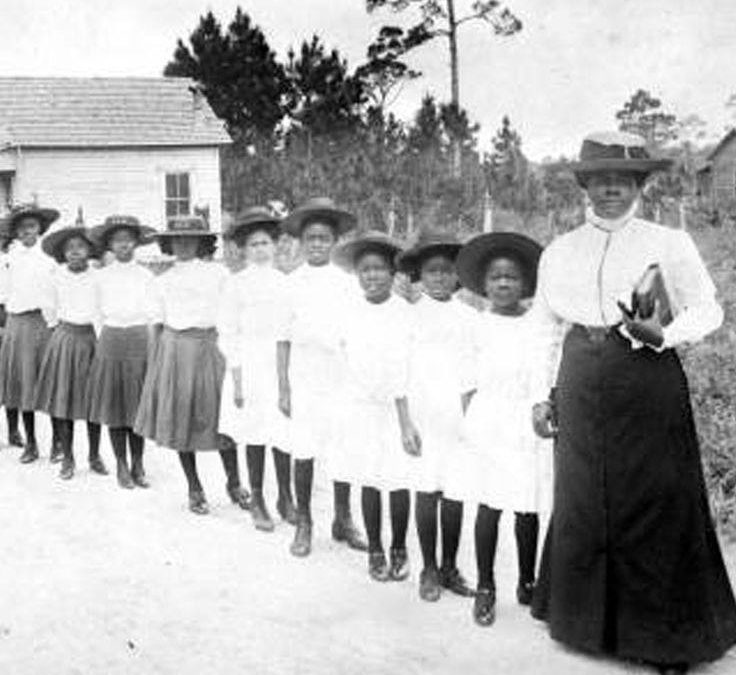GM – FBF –
“I was so afraid for myself if I would have married” Martin L.King.
-Mattiwilda Dobbs
Remember – ” Music that I
sing is not for the masses but most for the people who enjoy Opera” –
Mattiwilda Dobbs
Today in our History – March 8, –
The First black to preform at New York’s Town Hall on March 8, 1954.
Mattiwilda Dobbs (July 11, 1925 –
December 8, 2015) was an African-American coloratura soprano and one of the
first black singers to enjoy a major international career in opera. She was the
first black singer to perform at La Scala in Italy, the first black woman to
receive a long-term performance contract at the Metropolitan Opera, New York
and the first black singer to play a lead role at the San Francisco Opera.
Dobbs was born in Atlanta,
Georgia, one of six daughters of John and Irene Dobbs, who were leaders in the
state’s African-American community. She began piano lessons at the age of
seven, and sang in community and church choirs.
Dobbs attended Spelman College where she studied home economics and considered
becoming a fashion designer. Her teachers encouraged her to study music,
however, and she began to study voice, graduating with a degree in Spanish and
music in 1946. Following her graduation, she moved to New York City and studied
with German soprano Lotte Leonard while completing a Master’s degree in Spanish
at Columbia University.
Dobbs won a number of
scholarships, including the Marian Anderson Award in 1947, and a John Hay
Whitney Fellowship. The funds from these awards enabled her to move to Europe
in 1950 and pursue her studies there, notably with Pierre Bernac.
Dobbs initially performed in
Europe as a concert recitalist, however after winning the International Music
Competition in Geneva, Switzerland, in 1951, she went on to sing at the major
festivals and opera houses throughout the continent. She made her professional
operatic debut at the Holland Festival, as the Nightingale in Stravinsky’s The
Nightingale, in 1952. She made her debut at the Glyndebourne Festival, as
Zerbinetta in Ariadne auf Naxos, in 1953. Her success at this festival led to a
performance contract at London’s Covent Garden from 1953 to 1958.
Her La Scala debut in 1953 was at
the invitation of conductor Herbert von Karajan. Dobbs performed the role of
Elvira in L’italiana in Algeri, which also marked the first time a black artist
sang in that opera house. In a review of her performance, the British magazine
Opera called her “the outstanding coloratura of her generation”.
She made her debut at the Royal
Opera House in London, as the Woodbird in Siegfried, in 1953. She also appeared
at the Paris Opéra, the Vienna State Opera, and at the opera houses of Hamburg
and Stockholm. In 1954, she sang before Queen Elizabeth II and the King and
Queen of Sweden at Covent Garden Theatre.
In the 1960s Dobbs continued to
perform in Europe, particularly in Sweden, where she lived with her husband.
Her successful, high-profile European career is considered significant in
setting an example to younger black female singers such as Leontyne Price,
Shirley Verrett, Jessye Norman and Kathleen Battle.
Her American Dobbs sang the role
of Zerbinetta again in her first appearance in the United States at New York’s
Town Hall on March 8, 1954 and received great critical acclaim.Next was a
recital with the Little Orchestra Society, in New York City, in 1954. She made
her Metropolitan Opera debut, as Gilda in Rigoletto, on November 9, 1956. In a
review of her performance, Carl Van Vechten wrote that Dobbs’ was
“glorious … a warm and brilliant coloratura, and the best Gilda in my
experience.” Although African-American singer Marian Anderson had
performed at the Met the previous year, Dobbs was the first African-American to
be offered a long-term contract by the Met. In eight seasons, she performed 29
times, including Zerbinetta, Zerlina in Don Giovanni, Olympia in The Tales of
Hoffmann, Lucia in Lucia di Lammermoor, and Oscar in Un ballo in maschera. She
also appeared at the San Francisco Opera in 1955, where she was the first
African-American to play a lead role.
Following the example set by
other African-American performers, Dobbs refused to perform for segregated
audiences. She later stated that this hurt her career as she declined offers of
work in the southern states. When the Atlanta Municipal Auditorium was
de-segregated in 1961, Dobbs was the first person to sing to an integrated
audience in the city. After de-segregation, she performed in Atlanta in a
series of operas produced by Blanche Thebom.
Dobbs retired from performing in 1974, and began teaching at the University of
Texas, where she was the first African-American on the faculty. She continued
her teaching career as professor of voice at Howard University in Washington,
D.C., before retiring to Arlington County, Virginia.
In 1989 Dobbs was elected to the board of directors of the Metropolitan Opera.
Dobbs’s coloratura soprano was
praised for its freshness and agility, as well as tonal beauty, and was
considered an ideal voice for sound recording. However, she can be heard in
relatively few recordings, as she spent her early career in Europe. When she
returned to the United States in 1954 Roberta Peters had become a top soprano
recording artist.
Dobbs’s notable recordings include Die Entführung aus dem Serail (in English),
opposite Nicolai Gedda (who was born the same day as she was, July 11, 1925)
and conducted by Yehudi Menuhin, Les pêcheurs de perles conducted by René
Leibowitz, and a recital of opera arias and songs, released in 1998 by Testament
Records. She sang both Olympia and Antonia in a complete recording of The Tales
of Hoffmann featuring Leopold Simoneau and Heinz Rehfuss, and conducted by
Pierre-Michel Le Conte, which was issued in 1958 by Epic in stereo in the USA
and by Concert Hall in Europe, and reissued on CD in 2008. She also recorded
the title role of Zaide under Leibowitz in Paris in 1952, and excerpts from
Rigoletto alongside Rolando Panerai.
In 1954, the King and Queen of
Sweden awarded Dobbs the Order of the North Star.
In 1979, Dobbs received an honorary doctorate of fine arts from Spelman
College.
In 1980, the Library of Congress held an exhibition on her life.
In 1983, Dobbs received the James Weldon Johnson Award in Fine Arts from the
Atlanta National Association for the Advancement of Colored People (NAACP).
Martin Luther
King, Sr. wanted his son Martin Luther King, Jr. to marry Dobbs, as her father
was an active civil rights activist and a friend of his.
Dobbs was married twice. Her first husband, Spaniard Luis Rodriguez, died of a
liver ailment in June 1954, fourteen months after their wedding. In late 1957
she married Bengt Janzon, a Swedish newspaperman and public relations
executive. Janzon died in 1997. Dobbs was the aunt of the first black Mayor of
Atlanta, Maynard Jackson and sang at his inauguration in January 1978.Dobbs
died from cancer on December 8, 2015 at her home in Atlanta at the age of 90.
Research more about this great American abd share with your babies. Make it a
champion day!


